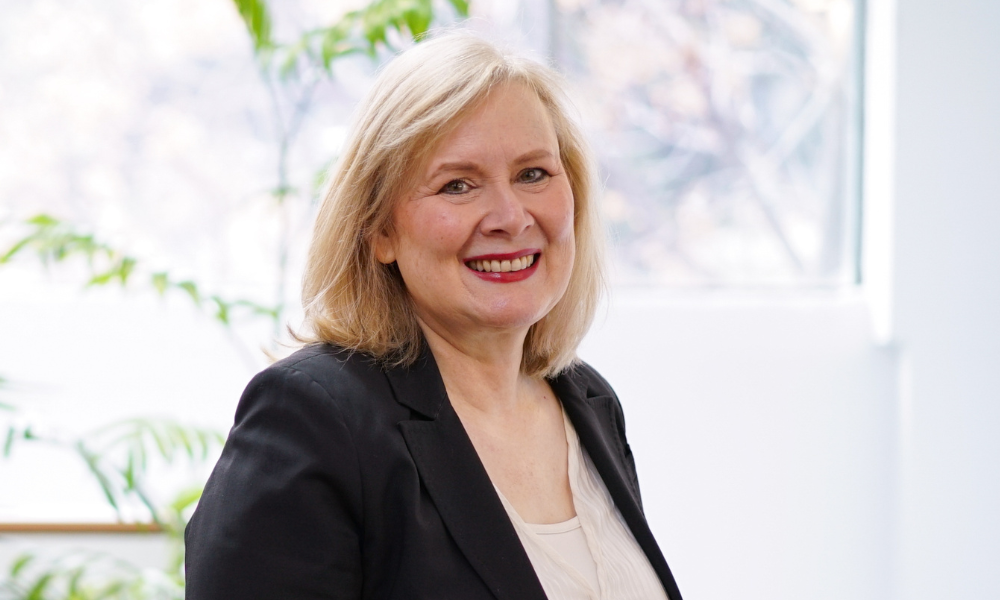
HR, front-line managers must be alert to signs of burnout, says Carol Gill from University of Melbourne

An early death is the ultimate price of dedication to the job. Leo Lukenas died in May from acute coronary artery thrombus, days after the team he was part of completed a $2-billion deal. He was 35 and clocking 100-hour weeks.
Lukenas’s death came despite his employer, the Bank of America, introducing an 80-hour cap in 2013 after the death of a 21-year-old intern, Moritz Erhardt, in its London office. The bank recently announced it is introducing a time-keeping tool to track employees’ work hours.
Such extreme cases of burnout are rare, but the deleterious effects of fatigue, stress and emotional strain are a drain on workers. Employers will only lose if they ignore the signs.
If HR departments want to know whose needle is touching empty, they should ask line managers, said Carol Gill, associate professor of organisational behaviour at the Melbourne Business School, University of Melbourne.
“Line managers interact with employers on a day-to-day basis, so they are more likely to be able to pick up the symptoms of burnout.”
Some signs of burnout are obvious, such as more days’ sick leave and a drop in work performance.
“Given that people who are burnt out become more tired, their physical health suffers,” she said.
If evidence of burnout is stacking up, HR and line managers can search for where job demands exceed job resources. If a line manager sees organisational design as outside their job description, an HR manager should either train the line manager or investigate whether the work environment is as effective and efficient as it should be, she said.
People at different life stages and with different external contexts face additional demands, Gill said.
“Older workers and women are more likely to experience burnout than men and younger workers – and that’s not hard to pick up. Women are often in a ‘sandwich’ phase, where they are looking after children, doing more housework, undertaking social caring responsibilities for elders.”
A worker’s personality might also make them more prone to burnout, she said, citing research that shows people who measure high for neuroticism burn out quicker.
“Workplace factors will affect everyone to a greater and lesser degree, and it is very difficult for HR practitioners to mandate things,” Gill said. “It’s all very well to say, ‘Take your leave’ but when the local environment they’re in with their line managers has operational demands that mean they can’t take their leave, the worker is in a conundrum.”
Burnout levels can be influenced by the nature of contact with people who are not colleagues, Gill said. The medical profession and teaching are two sectors that stand out.
“It could be parents of children, sick relatives, those sort of environments – where workers are having to juggle a lot of emotional interactions around them,” she said.
Interactions in those situations can call for ‘surface acting’, where a worker has to smile although they are feeling anxious or unhappy. Surface acting is also rife in hospitality, she said.
“It takes a lot of emotional energy to display an emotion that one isn’t feeling on the inside,” Gill said. “And that leads to burnout.”
No-one likes being a square peg in a round hole, but it’s not always easy to sense that a job just doesn’t fit a worker’s personality.
“If you are an introvert in an extroverted job and vice versa, you’re going to get pretty stressed, because you just don’t have the personal resources to deal with it,” she said.
That’s not to say that HR managers have a right to socially engineer a workplace, Gill said. The goal is to make sure a work environment is conducive to good health for everybody – “and encourage that in all of the workforce, and not have contradictory things happening,” she said.
Gill stressed that line managers are valuable frontline detectives in the battle against burnout.
“If you’ve got a good line manager, they’ll provide social support, they’ll make sure the peer group is not being toxic, they’ll induct people properly so they don’t get off on the wrong foot, they’ll be communicating on a daily basis with their workforce,” she said.
“They will pick up the social cues, the signs, when someone’s not looking well. They build a relationship with trust where someone can say, ‘Look, I’m going through a hard time right now. I’ve got a sick parent or a sick child.’ A line manager can help them work through that.”
HR can do an awful lot, she said, but – importantly – they can make sure line managers are quick to help employees. It sounds simple, but it is not.
“HR departments have a lot of different hats and a lot of different masters; they are already somewhat hamstrung,” she said. “You might communicate the value that we don’t overwork people, but the actual negotiation of how that manifests in any particular job has a lot of nuances to it.”
Burnout shouldn’t be swept under the rug. It has long been linked to heart disease, diabetes, safety incidents and premature death, she said.
Gill’s research has found that mindfulness interventions are effective in reducing burnout.
“Employees can learn to switch off and can manage their emotional reactions and the stress levels they are experiencing,” she said. “Some organisations are engaging in that quite substantially.”
Mentoring is another effective strategy against burnout, she said. “You can either reduce job demands, which is troublesome, or you can increase worker resources.”
Spotting systemic burnout is a tough task for HR managers, she said. It’s easy to miss. “By the time you’ve got burnout – lots of sick leave, lots of absentees, high turnover – it’s kind of too late.”